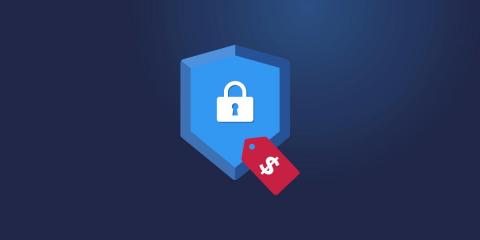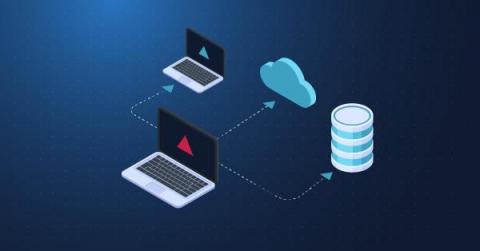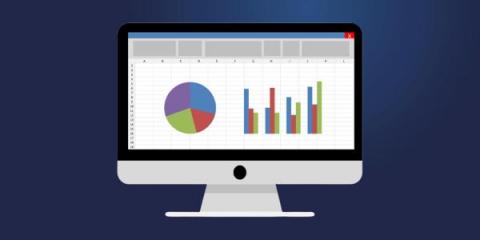The 6 Fundamental Steps in a Network Monitoring Process
Network monitoring is vital for operating an IT environment at optimal performance. As a result, organizations can improve operational efficiencies with a well-managed network while proactively maintaining a secure network. While remote work has made the network monitoring process more challenging, new cloud-based tools have extended IT teams' reach into home and remote offices to ensure employees are secure and productive.











